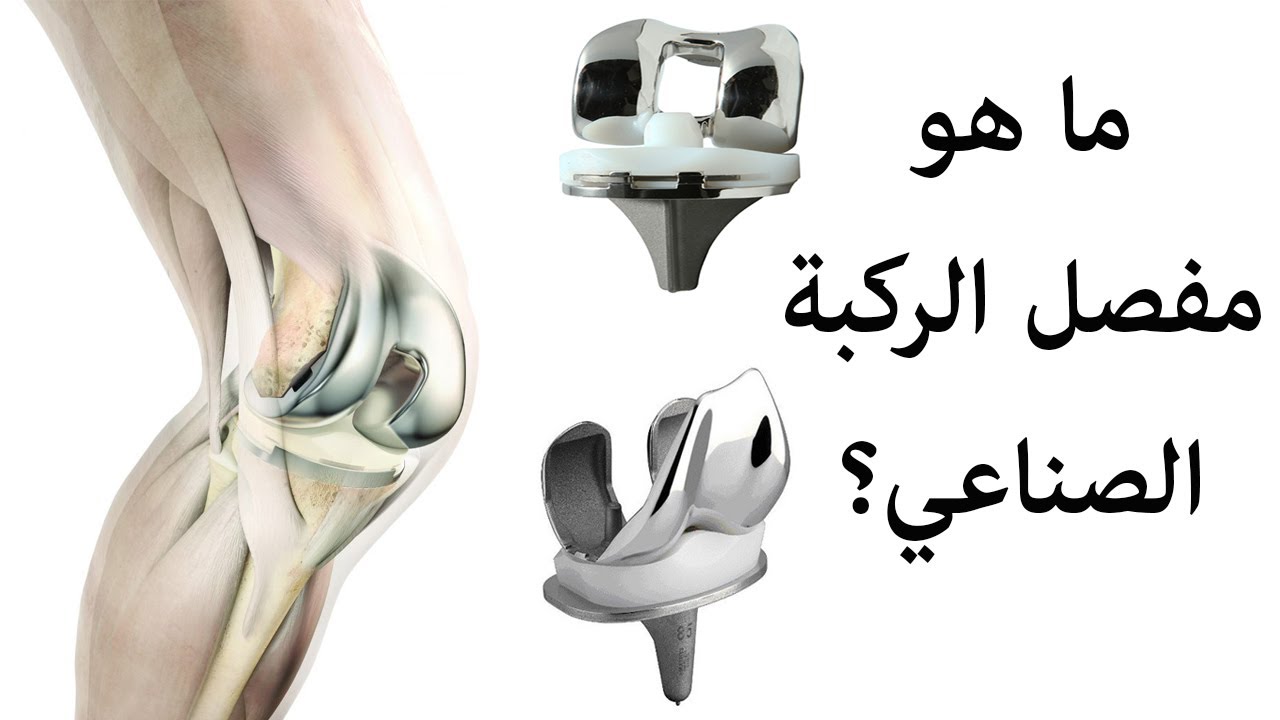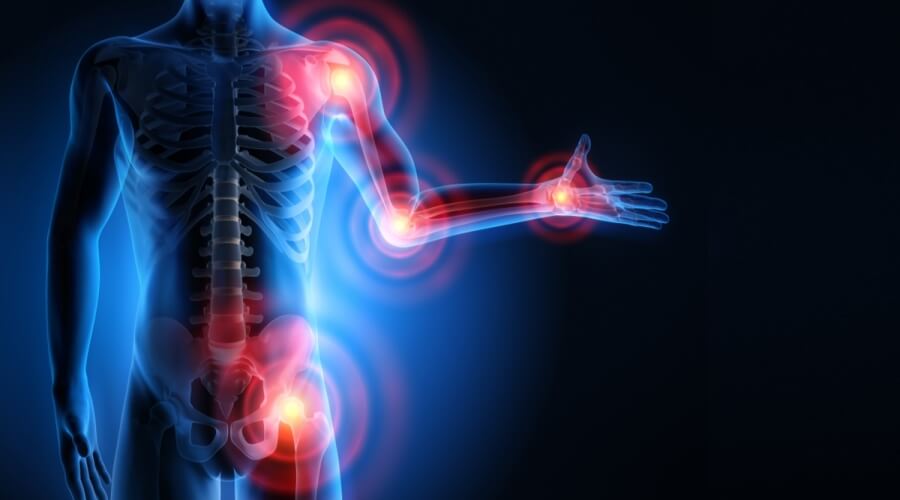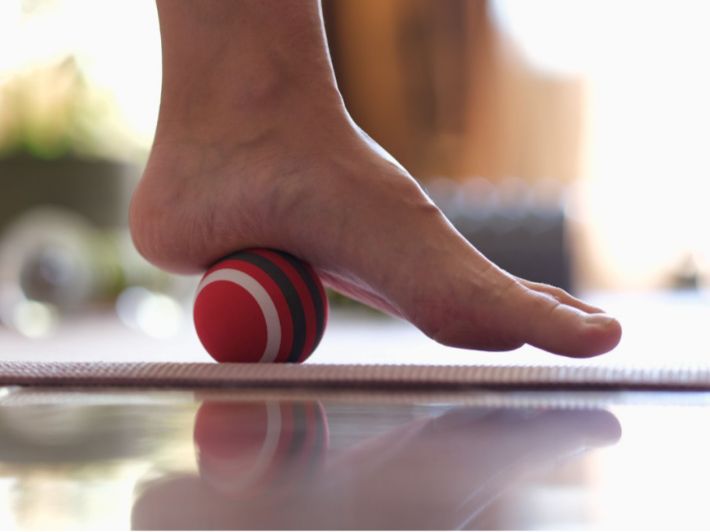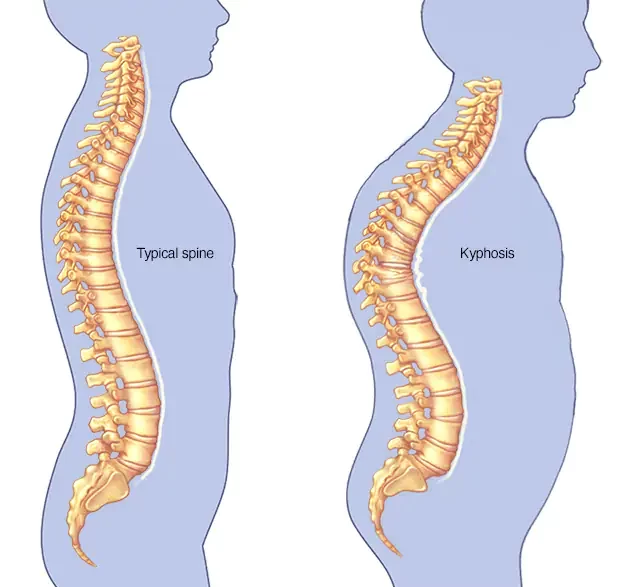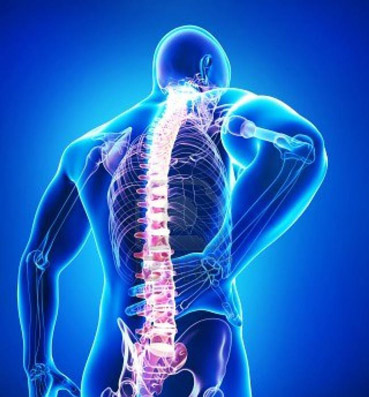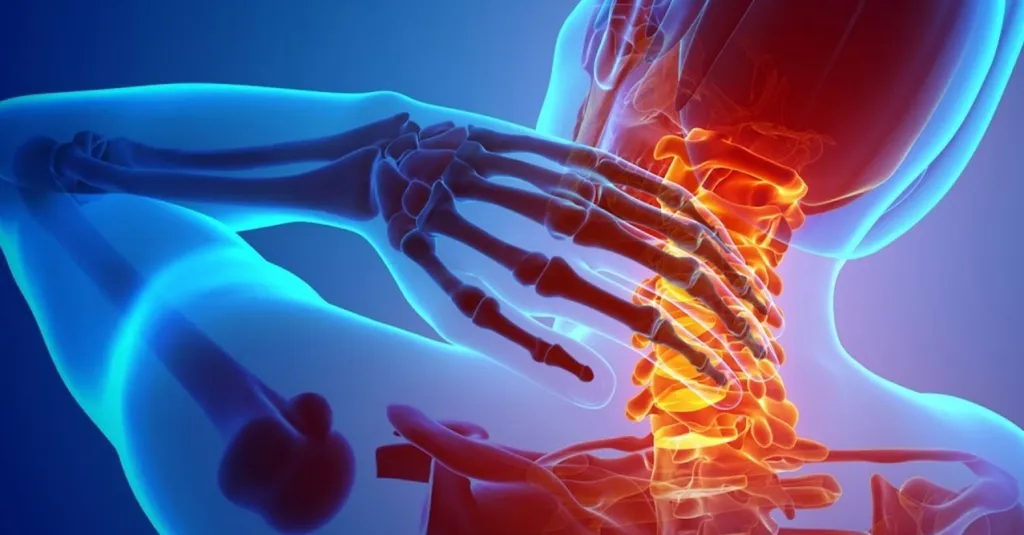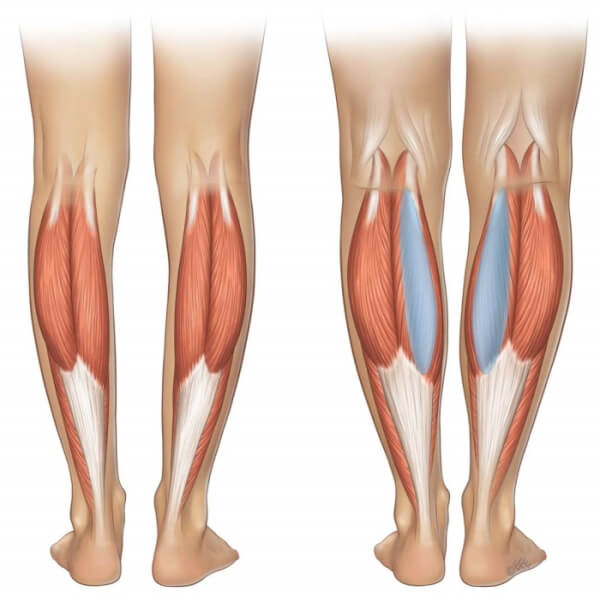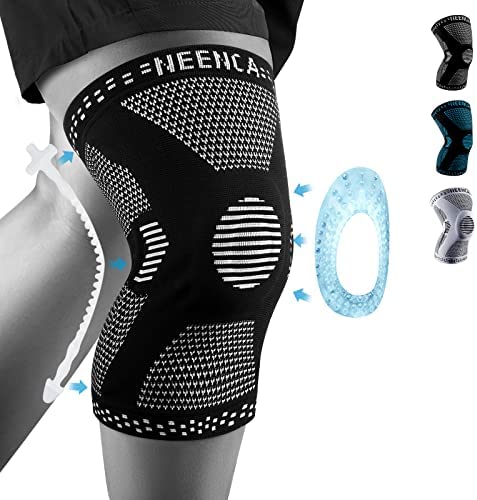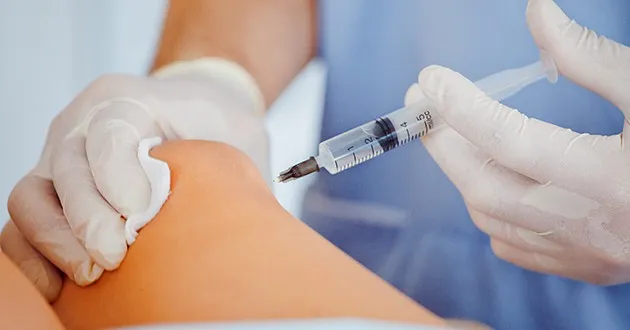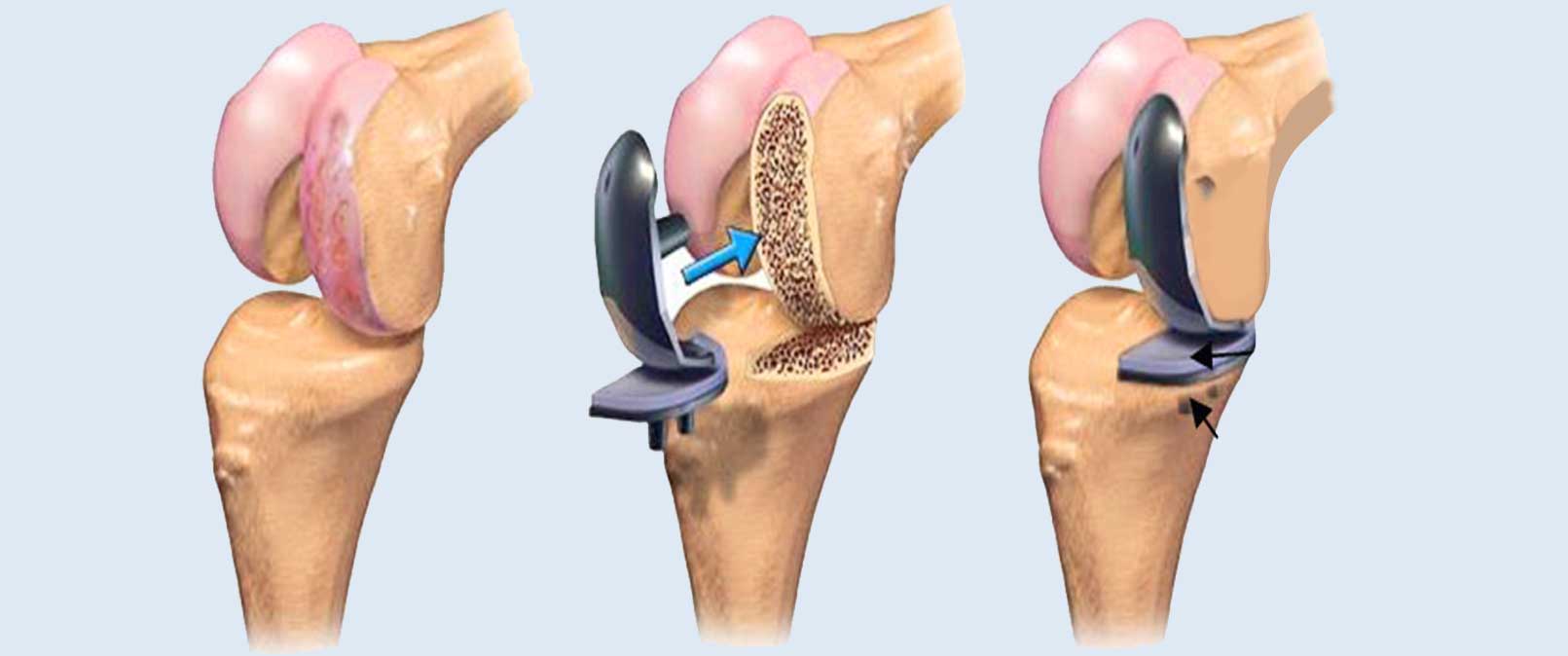!Explore with Us the Cost of Installing Plates and Screws Surgery and the Reasons for Resorting to It
The Cost of Installing Plates and Screws Operation Complicated bone fractures require surgical intervention to install plates and screws to ensure complete bone healing. In this article, we will discuss the essential details related to performing the plate and screw installation procedure, its causes, complications, and outcomes. Follow along.
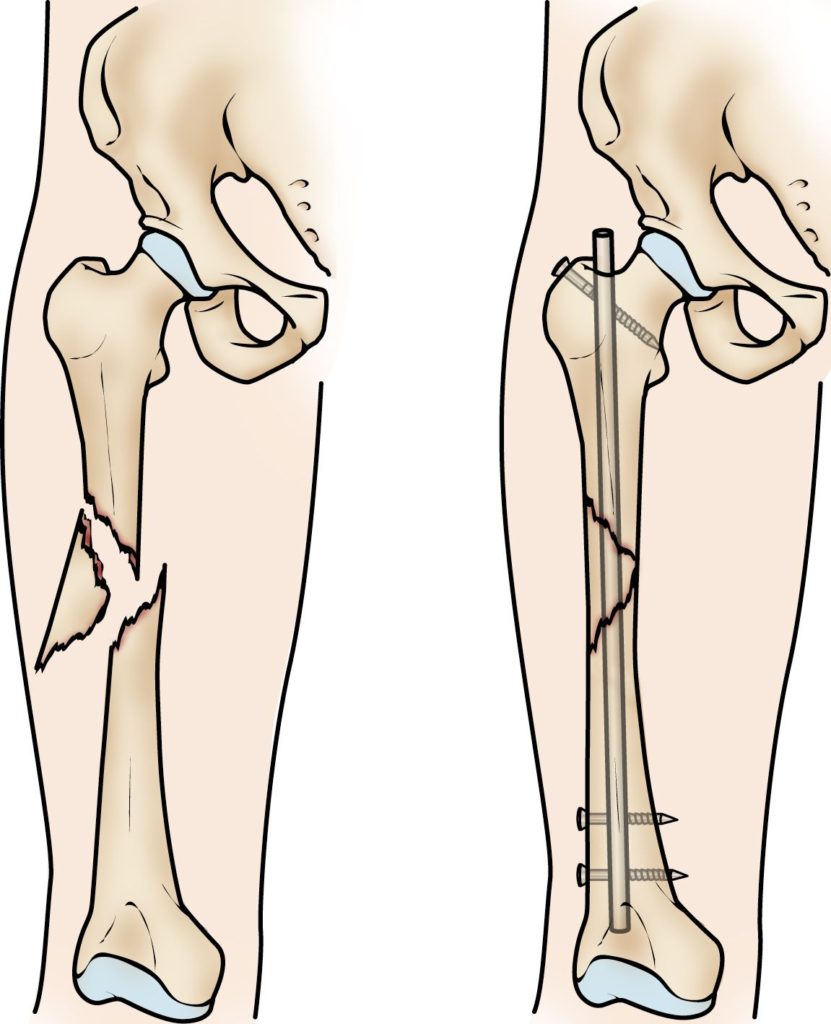
Cost of Installing Plates and Screws Operation
The plate and screw installation procedure is considered a moderately expensive operation suitable for various conditions. Its cost typically ranges between 20,000 to 80,000 EGP. The plate and screw installation operation requires expertise and skill from the attending physician. The cost of the plate and screw installation procedure depends on several factors, including:
- The complexity and difficulty of the fracture.
- The size and shape of the plates and screws used.
- The cost of anesthesia and follow-up care.
- Hospital and medical facility costs.
What are the common reasons that necessitate resorting to plate and screw surgery?
There may be several reasons that necessitate resorting to plate and screw surgery to stabilize bones in the body. In this article, we will discuss some of the common reasons for undergoing this surgical procedure, which include the following:
1. Severe Fractures: Severe fractures are one of the common reasons for using plates and screws. When a fracture is extremely severe, involving bone fragments and multiple shards, it becomes necessary to use plates and screws to enable the bones to heal and realign properly.
2. Osteoporosis: Osteoporosis is a chronic condition that affects many people and can lead to frequent bone fractures. In cases of recurrent fractures and the ongoing need for bone stabilization, installing plates and screws becomes necessary to strengthen the bones and prevent further fractures.
3. Sports Injuries: Sometimes, athletes sustain fractures during intense sports activities, including soccer, basketball, gymnastics, and more. In cases of severe sports-related fractures, plates and screws can be used to stabilize the broken bones and facilitate recovery and return to sports.
4. Spinal Fractures: The spinal column may sustain fractures due to car accidents or severe falls. Plates and screws can be used to stabilize the vertebrae, ensure spinal stability, and reduce the risks associated with this type of fracture.
5. Complex Fractures: Complex fractures can occur as a result of car accidents or other severe injuries. In cases of complex fractures, the bones require additional stabilization for proper healing. Plates and screws are used in these cases to stabilize the bones correctly and promote bone growth.
Types of Bone Plate and Screw Installation
1. Plates or Strips:
- Plates or strips are used to stabilize fractured bone pieces.
- They resemble an internal splint and hold the broken parts of the bone together.
- They are secured to the bone using special screws.
- These plates can be left in or removed after healing.
2. Screws:
- Screws are also used for internal fixation of fractured bones.
- Screw sizes vary depending on the size of the affected bones.
- Screws can be left in or removed after healing.
3. Nails:
- Nails are used to stabilize fractured bones near joints.
- Nails are an ideal method for maintaining bone stability and promoting healing.
- Muscle friction against the plate placed on the bone surface may affect blood circulation.

How is the plate and screw installation procedure performed to stabilize fractures?
When a severe bone fracture occurs, requiring strong stabilization to ensure proper healing and restoration of bone movement, one of the modern methods used to achieve this is to perform a fracture fixation procedure using plates and screws.
In this procedure, the patient is placed under general anesthesia after ensuring its suitability and safety. A small incision is then made in the skin and underlying layers to access the fracture site.
Next, the plates and screws are inserted through the small incision created. The plates are shaped to conform to the shape and size of the fractured bone. The plates have multiple holes through which the screws are inserted to securely stabilize the fractures.
The plate and screw fixation procedure is considered one of the best methods for stabilizing severely fractured and damaged bones. Considering all medical and financial considerations, the patient can properly recover after the procedure. Prepare to be free from disability and discomfort with a successful plate and screw installation procedure with Dr. Amr Amal, who combines quality, effectiveness, and affordable costs.
After the Plate and Screw Surgery
One of the things to know after undergoing a plate and screw installation procedure for leg fractures is that the healing period can vary depending on the severity of the fracture, sometimes taking several months. Complete recovery from the surgery requires an extended period, and it is recommended not to strain the leg after the surgery without consulting the doctor.
It is advisable to avoid moving the fractured bones to prevent pain. Bathing should also be avoided until the wounds have healed, which may take two weeks or more, according to the doctor’s instructions. If the patient experiences a fever, it is advised to see the doctor.
Some individuals may experience pain at the injury site for several weeks. However, you can enjoy peace of mind and confidence in the success of your procedure with Dr. Amr Amal, who offers efficient plate and screw installation at competitive prices.
What is the healing time after a plate and screw installation procedure?
The healing time after a plate and screw installation procedure depends on several factors, such as the severity of the fracture and the type of injury. In some cases, the healing period may take a few weeks, while in other cases, it may take months for complete recovery.
It is essential for the patient to follow the doctor’s instructions and adhere to the prescribed physical therapy program. The healing process also involves resting and avoiding strenuous activities until strength and motion are fully restored.
Rid yourself of discomfort and pain with a plate and screw installation procedure performed by experts at Dr. Amr Amal’s Clinic, where the best treatment plans are implemented to make you feel at ease.
Who is the best orthopedic surgeon to perform a plate and screw installation procedure?
Dr. Amr Amal is considered the best orthopedic surgeon in Egypt for performing plate and screw installation procedures. Dr. Amr Amal is among the top physicians specializing in orthopedic and joint surgery, renowned for his extensive experience and in-depth knowledge in this field. Dr. Amr Amal graduated with honors from the Faculty of Medicine at Ain Shams University. He spent many years working as a resident at Ain Shams University hospitals, where he gained valuable experience in orthopedic surgery.
Throughout his professional career, Dr. Amr Amal has successfully performed numerous plate and screw installation procedures. Dr. Amr is known for his precision and professionalism in providing superior healthcare to his patients. With his extensive experience in dealing with bone injuries, Dr. Amr Amal is the ideal choice for such procedures.
If you require a plate and screw fixation procedure, Dr. Amr Amal is the preferred choice. Based on his impressive track record and high regard, you can trust that you will receive optimal medical care under his care.
Pain After Plate and Screw Installation
Patients who undergo plate and screw installation often wonder about the pain that may occur after the procedure. However, it is important to remember that mild pain and temporary swelling in the affected area after the surgery are normal. The healing and wound recovery process typically stabilizes in the first few weeks following the procedure.
However, if persistent pain or other health complications persist, the patient should consult the physician responsible for their medical condition to receive necessary care and ensure no serious complications have occurred.
Rid yourself of pain and stress with a plate and screw installation procedure performed by experts at Dr. Amr Amal’s Clinic, where effective treatment is provided at reasonable prices that suit everyone.

How long does a plate and screw installation procedure take?
The duration of a plate and screw installation procedure in the arm varies depending on the degree of the fracture and the location of the injury. On average, the procedure may take two to three hours. During the operation, the patient is placed under general anesthesia and does not wake up until the procedure is completed.
After the surgery, swelling and inflammation may occur for a period ranging from one to two weeks, and bleeding around the fracture and blood clot formation at the bone ends may occur. It is crucial to sterilize the plates and screws carefully to avoid any post-operative complications.
If you would like to learn more about the plate and screw installation procedure in the arm and the potential risks afterward, click here.
Is the plate and screw surgery dangerous?
Plate and screw surgery is used in a variety of medical and surgical interventions. The degree of risk in these procedures varies depending on the type of plates and screws used and the complexity of the medical condition. In most cases, installing plates and screws is not considered a dangerous procedure, and plates and screws do not need to be removed unless there are special circumstances, such as children during growth stages or athletes.
However, patients should be aware of the potential risks of serious health complications that may arise from using metal plates and screws due to the possibility of leaching toxic chemicals. Additionally, patients must follow post-operative care instructions and advice to avoid potential complications or discomfort.
If you would like to learn more about the potential risks of using plates and screws in detail, you can read this article.

